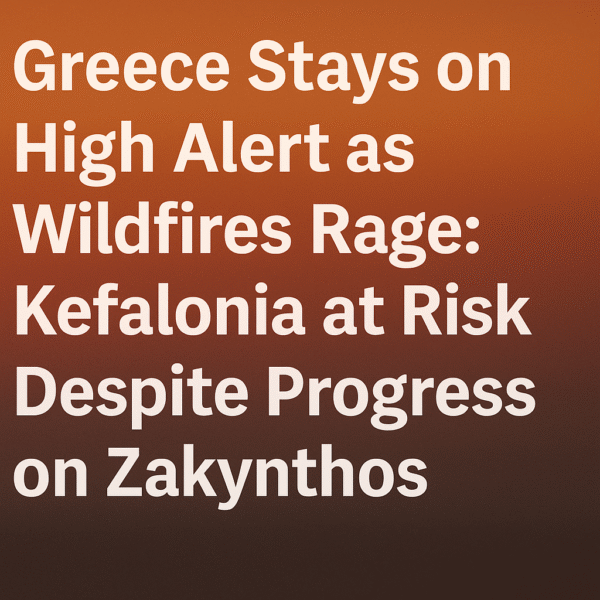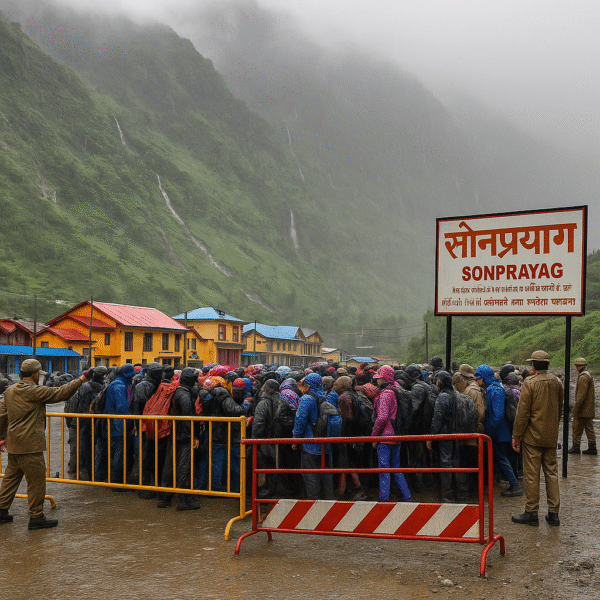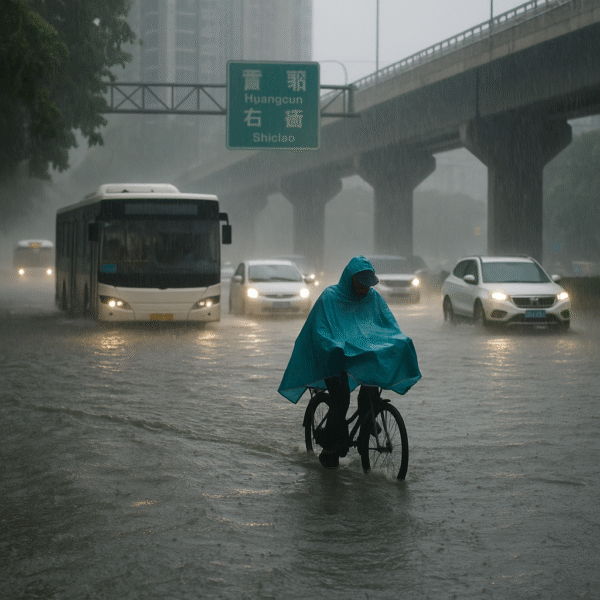Tropical Storm Podul, initially a robust typhoon, swept across southern Taiwan on August 13, 2025, before making landfall in China. Its path wrought disruptions across travel networks, coastal communities, and tourism hotspots. Here’s how the unfolding weather event is impacting travelers and destinations throughout the region, along with what to heed going forward.
1. Taiwan Takes Precautions Ahead of Landfall
Podul struck Taitung County with wind speeds up to 191 km/h (118 mph), prompting widespread closures. Schools and government offices in Tainan, Kaohsiung, Chiayi, Yunlin, Pingtung, and Hualien were shuttered, although Taipei and Taiwan’s main international airport remained mostly unaffected. Over 5,500 residents were evacuated, and domestic flights were canceled, with international routes significantly affected, particularly from Kaohsiung and Taoyuan. Despite infrastructure strain, no major damage was reported on the island, though one person remains missing. Farmers and rural communities faced risk of crop damage and electrical outages.
2. Landfall in China: Widespread Disruptions and Evacuations
Hours after crossing Taiwan, Podul made landfall in Fujian province—specifically Zhangpu County—having weakened to a severe tropical storm. Heavy rainfall and strong winds were recorded in Fujian, Guangdong, Hunan, and Jiangxi provinces. In mainland China, roughly 15,000 residents along the coast were evacuated, fishing operations were halted, and in Hong Kong and Macau, schools and courts were closed under black rainstorm warnings.
3. Intense Rainfall, Flooding, and Infrastructure Strain
Southern China struggled with torrential rains. Guangzhou endured record-breaking rainfall—622.6 mm in early August—that forced the evacuation of 75,000 people and caused at least seven fatalities. As Podul rolled in, additional rains pummeled the region at rates exceeding 70 mm per hour, flooding roads and infrastructure. In Meizhou, highways were closed and water was released from reservoirs to mitigate flooding threats.
4. Travel and Aviation Headaches
Travelers faced major setbacks as regional airports reported cancellation rates around 20%, and over one-third of flights to textile‑center Quanzhou were grounded. High-speed rail services, including the Shenzhen–Hangzhou corridor, were suspended. Macau received more than 110 mm of rain in a single hour, causing street flooding and prompting authorities to urge residents indoors.
5. Economic Recovery Funds and Proactive Measures
The Chinese government responded with 430 million yuan in emergency funding for disaster relief, raising the total relief budget since April to at least 5.8 billion yuan. Authorities also issued evacuation orders, shuttered vulnerable transport routes, and released reservoir water to pre-empt further inundations.
6. Tourism Warnings and What Travelers Should Know
— Check Travel Advisories: Expect cancellations or delays for flights, trains, and ferries in Fujian and Guangdong. Hong Kong and Macau travelers should monitor local weather alerts closely.
— Exercise Caution in Coastal Areas: In Hong Kong and Macau, authorities issued high-level rainstorm warnings. Tourists near shorelines should stay alert and avoid low-lying or flooded zones.
— Stay Updated on Weather Conditions: With ongoing heavy rain, localized flooding and landslides remain possible. Tourists in affected regions should be ready for sudden changes.
— Plan Alternate Routes: If travel is essential, prepare alternate plans. Consider staying in less affected interior areas or adjusting itineraries to postponable activities.
7. Future Outlook: A Trend Toward Intense Weather Events
Meteorologists and analysts emphasize that Podul’s lingering nature and increasing intensity are part of a broader pattern of more powerful, slower-moving tropical storms—likely exacerbated by climate change. The shift of storm intensity further north onto less-prepared regions poses fresh challenges for disaster preparedness and tourism resilience.
Conclusion
Tropical Storm Podul has not only tested Taiwan’s coastal defenses but also disrupted travel, tourism, and daily life across southern China. From flight cancellations and extreme rainfall to economic impacts and safety alerts, the storm underscores how vulnerable even established tourism hubs are to rapid-onset weather events. Travelers are encouraged to stay informed, remain flexible, and prioritize safety above all.
For more travel news like this, keep reading Global Travel Wire
















